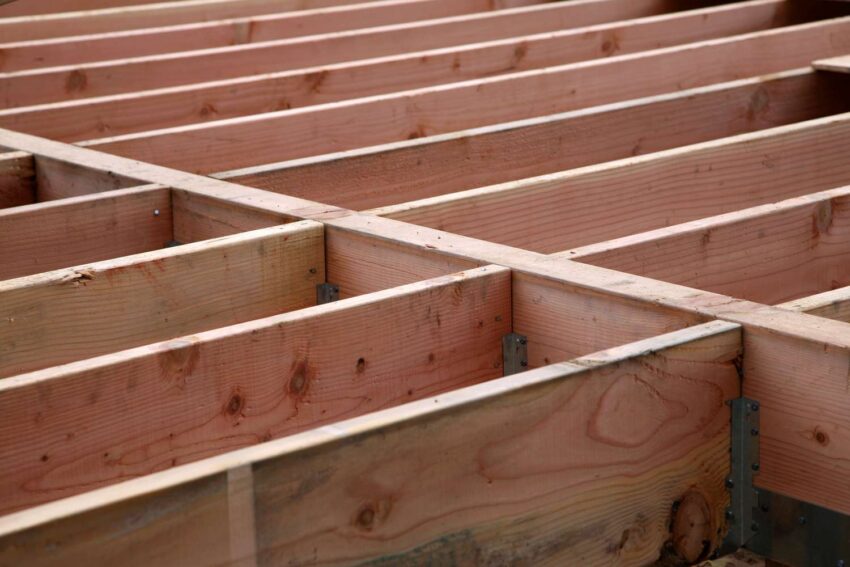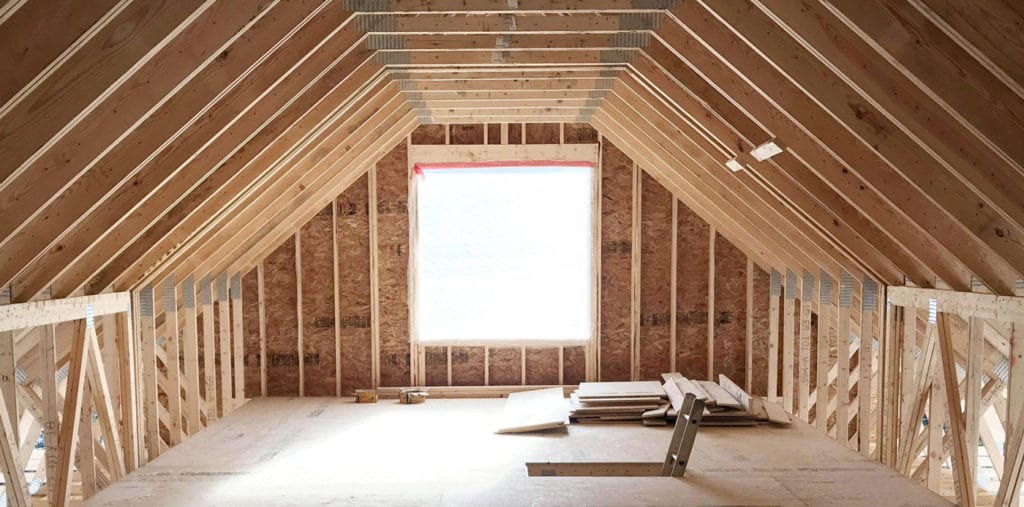Joists are essential components in construction, serving a crucial purpose of providing support and stability to a wide range of structures. Whether you’re constructing a residential home, a commercial building, or even a deck, having a clear understanding of joists and their functions is of utmost importance. We’ll delve into the world of joists, answering key questions and shedding light on their significance in construction.
What Are Joists?
Joists are horizontal structural elements used to support the floors, ceilings, or roofs of buildings. Typically crafted from wood, steel, or concrete, these crucial elements are chosen based on the specific construction needs and design. Their primary function revolves around evenly distributing the weight of the structure and the various loads it bears, thereby ensuring the building’s stability and overall structural integrity.
Types of Joists
Wood Joists: Wood joists widely used in construction due to their affordability, ease of installation, and adequate strength. They commonly made from softwood species like pine, spruce, or fir. Wood joists offer excellent load-bearing capabilities, making them suitable for residential and light commercial buildings.
Steel Joists: Steel joists, also known as steel I-beams or steel girders, favored in larger and more complex construction projects. They are exceptionally strong and can span greater distances without the need for intermediate supports. Steel joists are a popular choice for industrial buildings, warehouses, and bridges.
Concrete Joists: Concrete joists are precast or cast-in-place concrete elements used in heavy-duty construction projects. They are exceptionally durable and capable of withstanding significant loads. Concrete joists commonly employed in high-rise buildings and structures requiring superior load-carrying capacity.
How Do Joists Work?
Joists function as load distributors, transferring the weight of the structure and any live loads (such as furniture, occupants, or equipment) to the supporting walls, beams, or columns. They collaborate harmoniously with other structural elements to uphold the overall stability of the building
Installation Process
The installation of joists is a critical phase in construction. Here the general steps involved in their installation:
Planning and Design: The construction team, along with structural engineers, assesses the building’s requirements and determines the appropriate size, type, and spacing of joists to ensure they can handle the expected loads.
Preparation: Before installation, the foundation and supporting walls or beams prepared to receive the joists securely. Any necessary adjustments made to ensure a level and stable base.
Placing Joists: Joists then carefully positioned and anchored to the supporting elements. The spacing between joists is crucial and must adhere to the design specifications.
Bridging (Optional): In some cases, bridging or cross-bracing is installed between joists to enhance their stability and prevent lateral movement.
Subfloor Installation: Once the joists are in place, the subfloor, which can be made of plywood or oriented strand board (OSB), is attached to the top of the joists to create a stable platform for the finished floor.
Inspections: After joist installation, the construction site undergoes inspections to ensure that all safety standards and building codes are met.
Importance of Proper Joist Installation
Correct joist installation is essential to the structural integrity and longevity of a building. Improperly installed joists can lead to sagging floors, cracked ceilings, and compromised stability. Therefore, it is crucial to hire experienced professionals and adhere to engineering specifications during the installation process.
Conclusion
Joists are the backbone of any construction project, providing essential support and ensuring the structural integrity of a building. Understanding the different types of joists and their installation processes is vital for construction professionals and property owners alike. Builders can ensure the creation of safe and enduring structures by adhering to correct installation procedures and employing top-notch materials.




